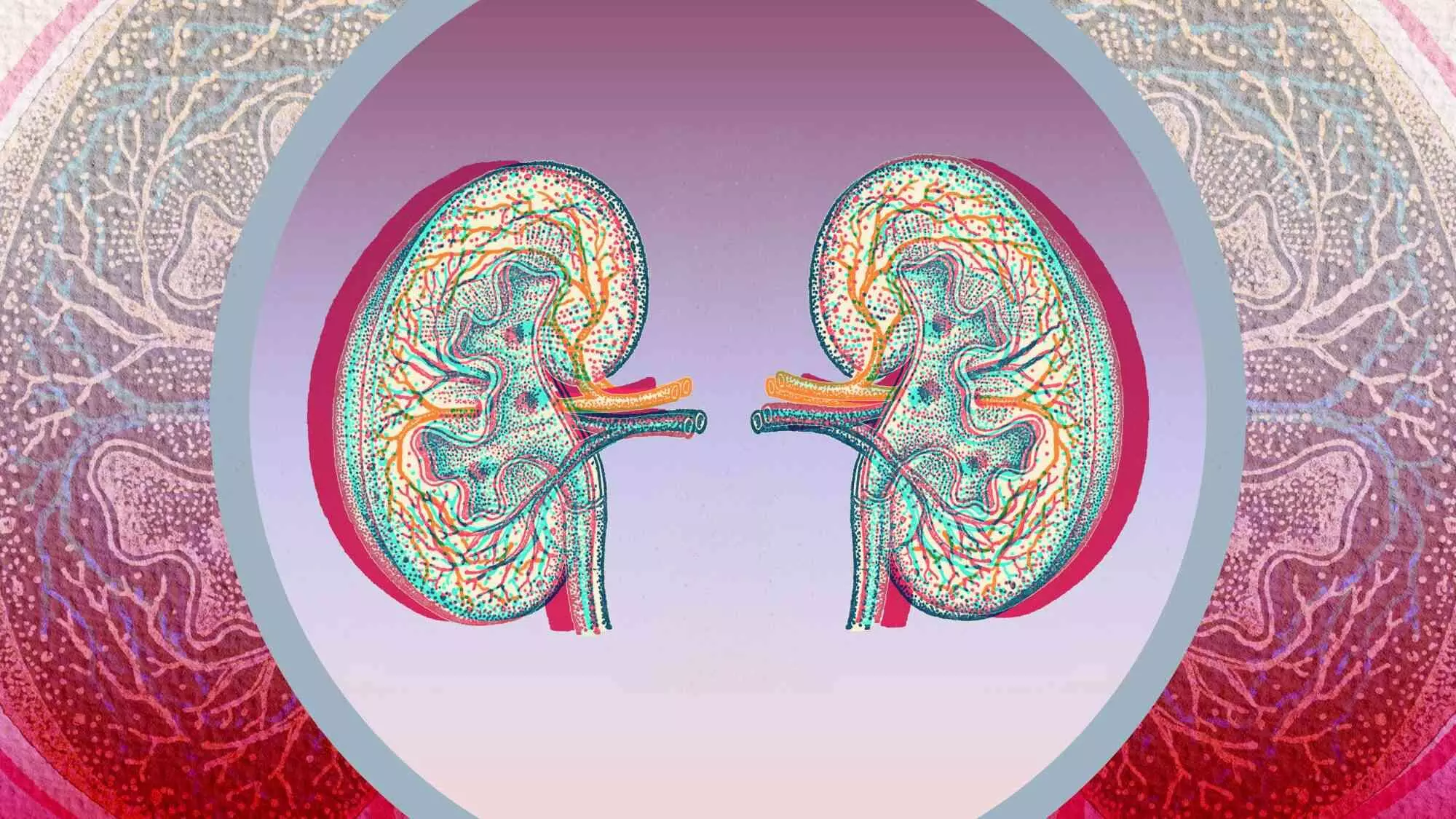Bariatric surgery in obese ESRD patients can improve their eligibility for kidney transplants: Study

A collaborative study between a bariatric and transplant surgery team has introduced new hope for patients suffering from end-stage renal disease (ESRD) who are also struggling with obesity.
The study authors explored the outcomes of metabolic and bariatric surgery in ESRD patients and whether the surgery can improve their eligibility for kidney transplants.
The findings are published in the Journal of the American College of Surgeons (JACS).
“Obesity is a worsening problem in the United States, significantly impacting transplant eligibility. We established the CORT initiative – a collaborative for obesity research in transplantation – recognizing the urgent need to address this issue, especially in underserved populations who suffer the most from obesity-related diseases,” said corresponding study author Anil Paramesh, MD, MBA, FACS, professor of surgery, urology, and pediatrics and director of the kidney and pancreas transplant programs at Tulane University School of Medicine.
Patients with ESRD face many difficulties without a transplant; their only alternative is to prolong life through dialysis, a process that is not only costly and time-intensive but also significantly diminishes quality of life, Dr. Paramesh noted.
The study, conducted between January 2019 and June 2023, followed 183 ESRD patients referred for bariatric surgery, with 36 undergoing weight loss surgery and 10 subsequently receiving kidney transplants. Results showed a 27% reduction in average BMI at the time of transplant, alongside improvements in hypertension and diabetes management. This improvement in the management of comorbid conditions enhanced patients’ overall health and transplant viability.
With obesity being a major cause of transplant exclusion, this collaborative program represents a path forward for patients who previously would be ineligible, Dr. Paramesh said, and may help pave the way for increased patient education and access.
“We’ve seen that bariatric surgery is not just about weight loss; it significantly improves other serious conditions like diabetes, high blood pressure, and sleep apnea. This approach not only helps in reducing the patients’ weight to a level where they can safely receive a transplant, but also addresses the broader issue of health care disparities, particularly affecting Black and lower-income individuals,” said Dr. Paramesh.
However, the study also faced challenges, including a high drop-off rate of patients unwilling or unable to undergo surgery, and unique postoperative complications such as hypotension.
“Our findings indicate a pressing need to enhance patient education and support, making sure that potential candidates understand the benefits of weight loss surgery and its role in improving their eligibility for transplant,” said Dr. Paramesh.
The authors suggest further studies could examine the unique complications ESRD patients may have after weight loss surgery.
Reference:
Levy, Shauna MD, FACS1; Attia, Abdallah MD1; Omar, Mahmoud MD2; Langford, Nicole RN3; Vijay, Adarsh MD, FACS3; Jeon, Hoonbae MD, FACS3; Galvani, Carlos MD, FACS1; Killackey, Mary T MD, FACS2; Paramesh, Anil S MD, MBA, FACS3. Collaborative Approach toward Transplant Candidacy for Obese End-Stage Renal Disease Patients. Journal of the American College of Surgeons ():10.1097/XCS.0000000000000962, March 12, 2024. | DOI: 10.1097/XCS.0000000000000962
Powered by WPeMatico







